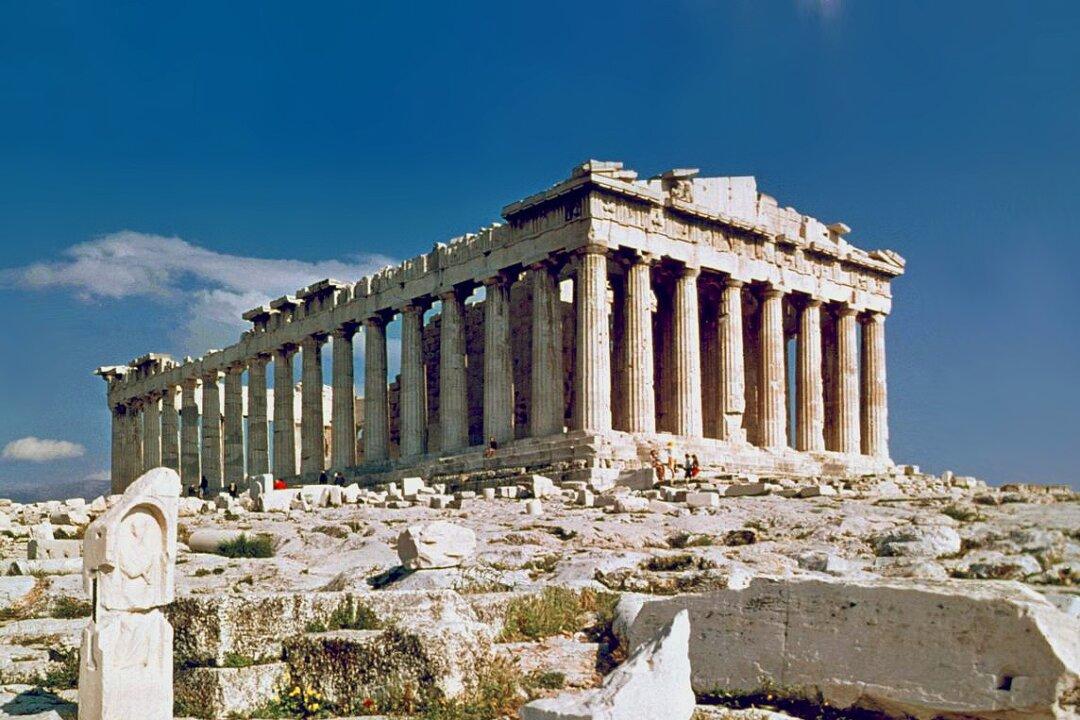One of Donald Trump’s final acts as the nation’s 45th president was to sign an executive order called “Promoting Beautiful Federal Civic Architecture.” He signed the order on Dec. 18, 2020, but it had been kicking around for many months since it was leaked from the White House last winter as a draft proposal with the more Trumpian title of “Making Federal Buildings Beautiful Again.”
At the time, it elicited raspberries from architects of all stripes but support from some, possibly most, classicists. Recently, on Feb. 24, Biden issued his own executive order canceling his predecessor’s tip of the hat toward beauty.

